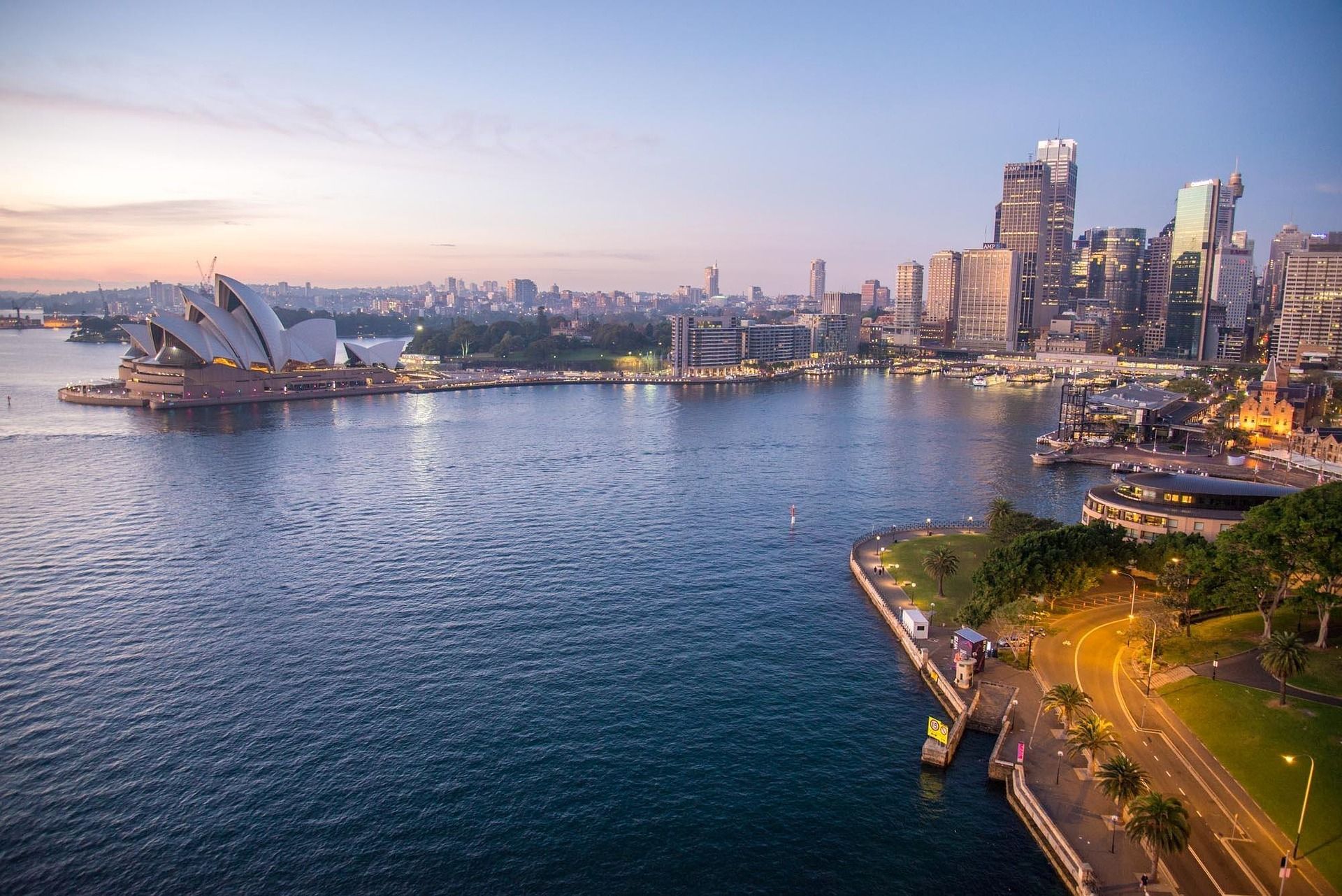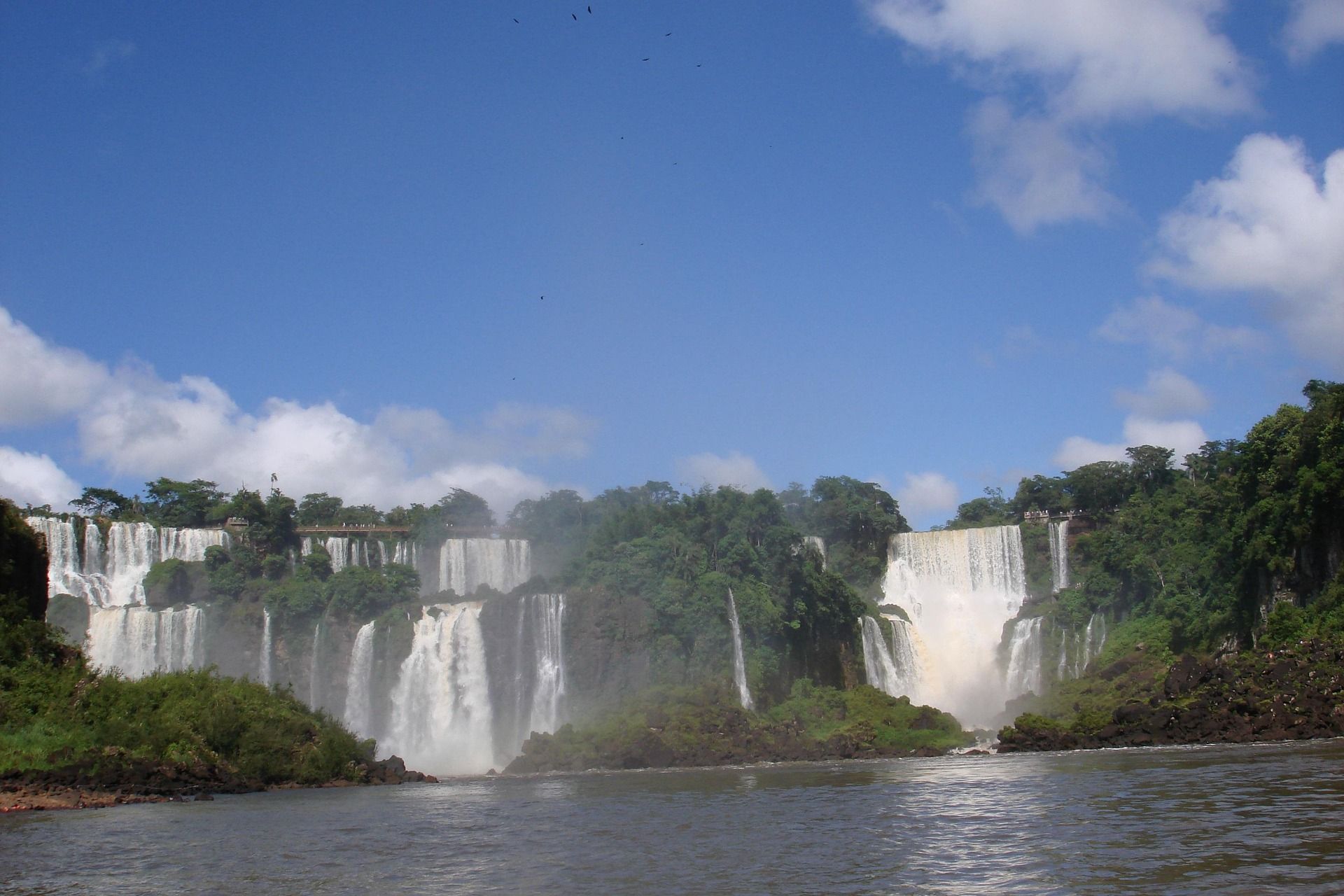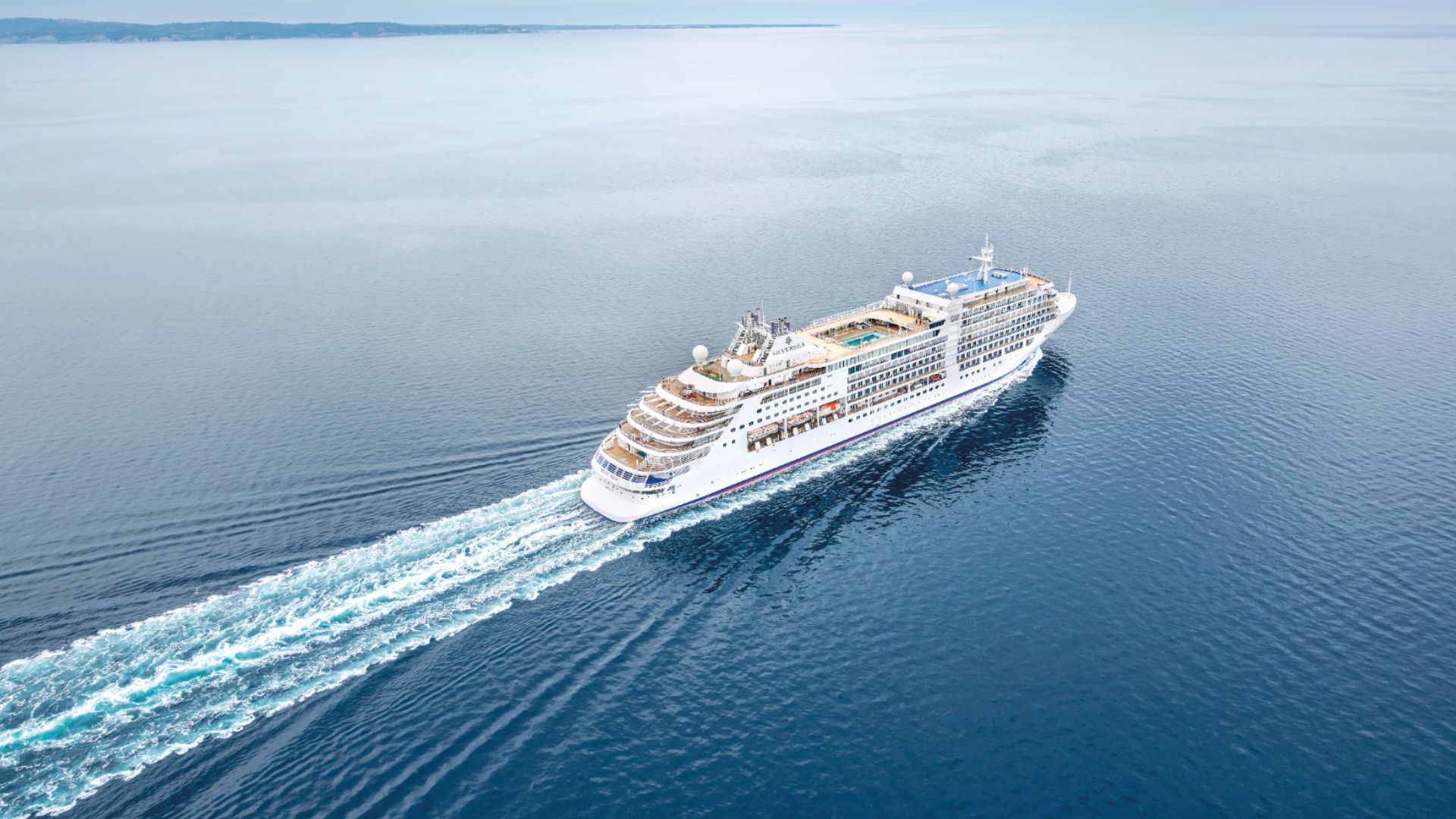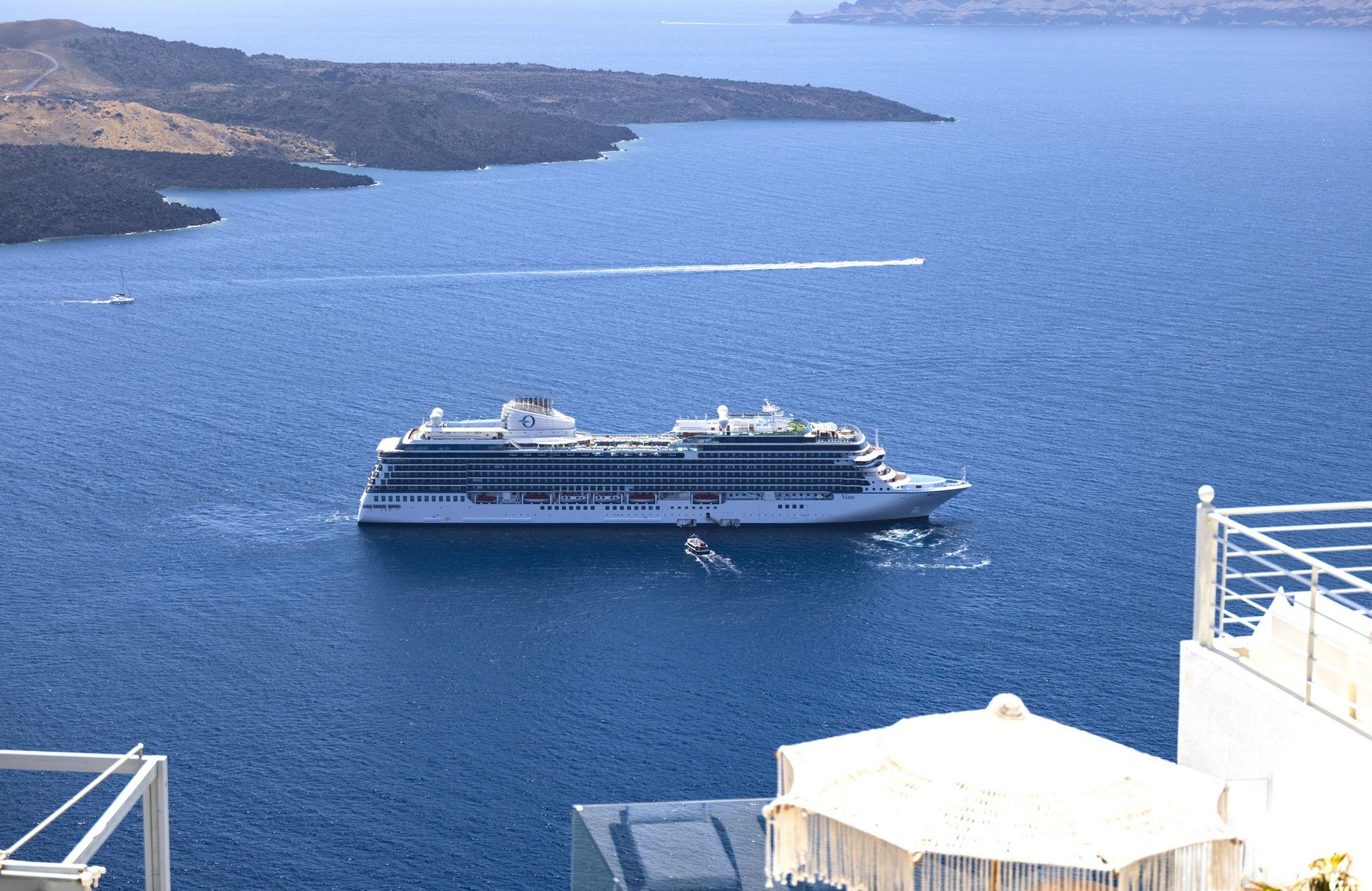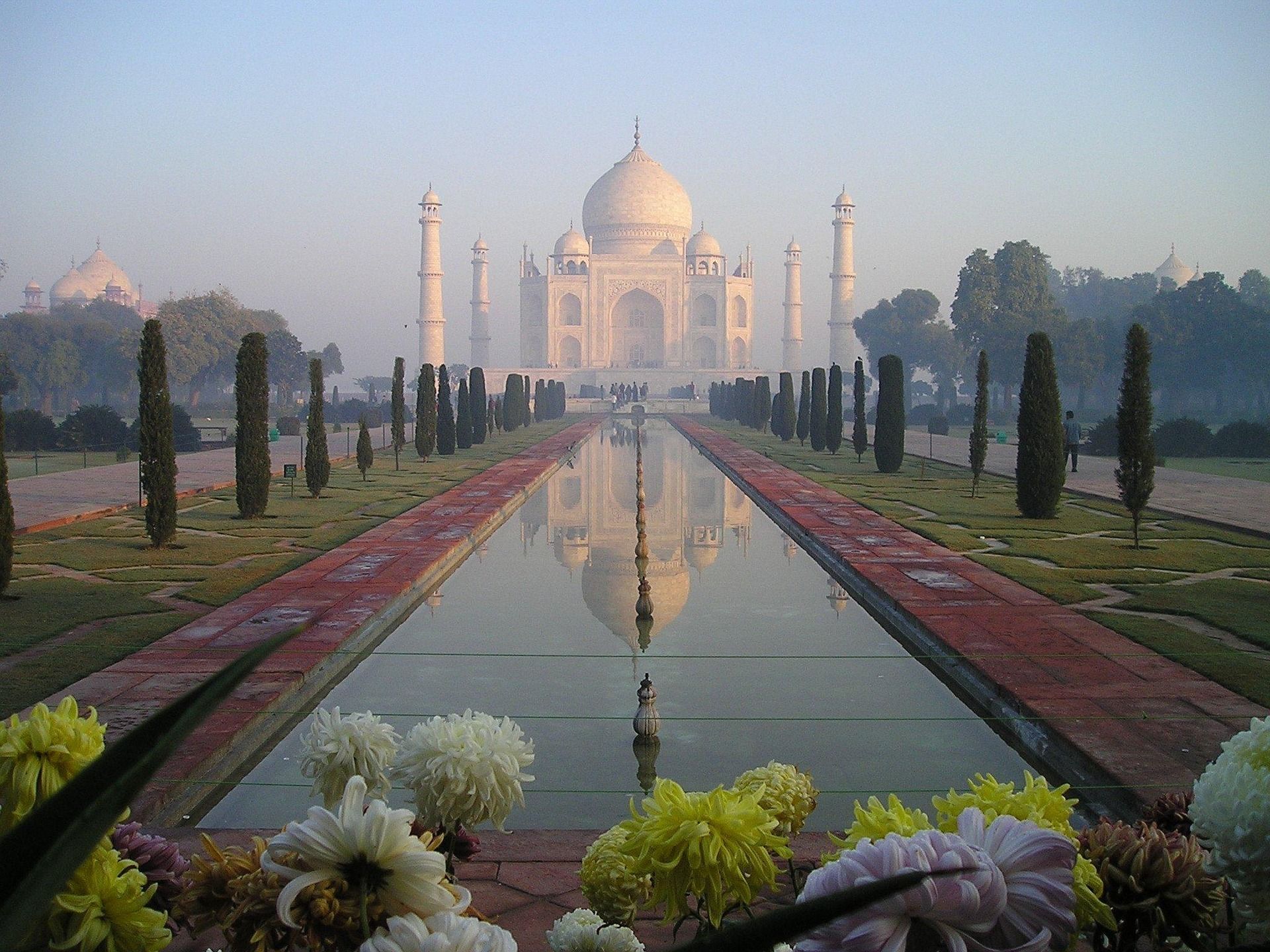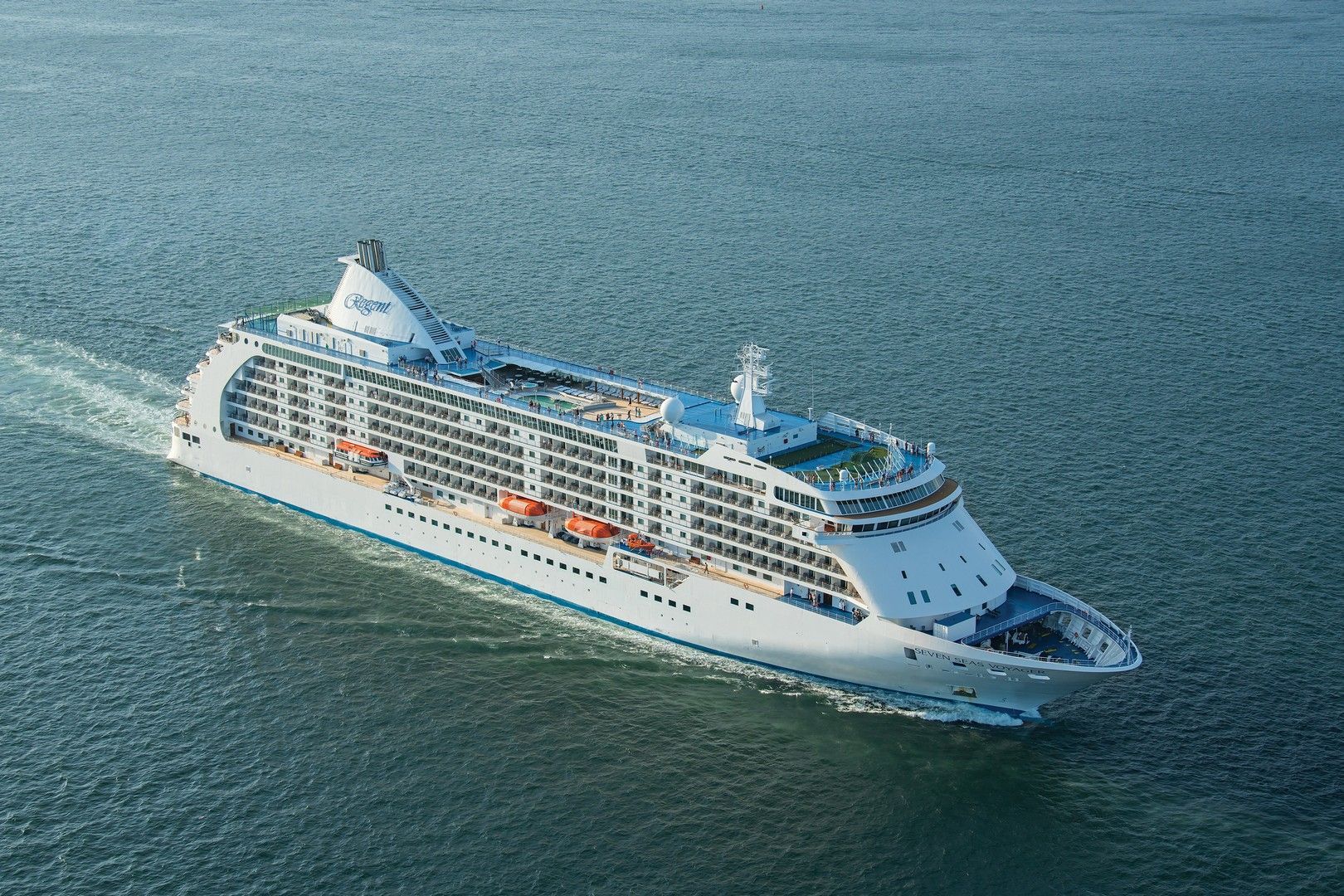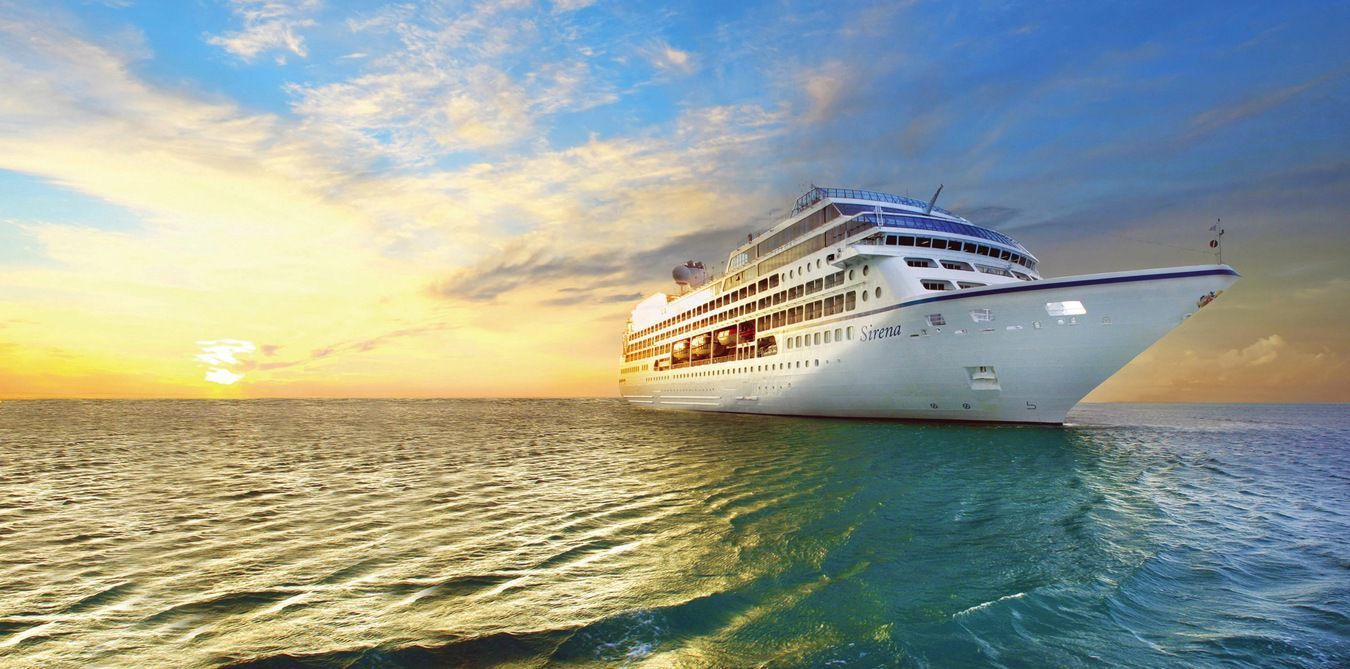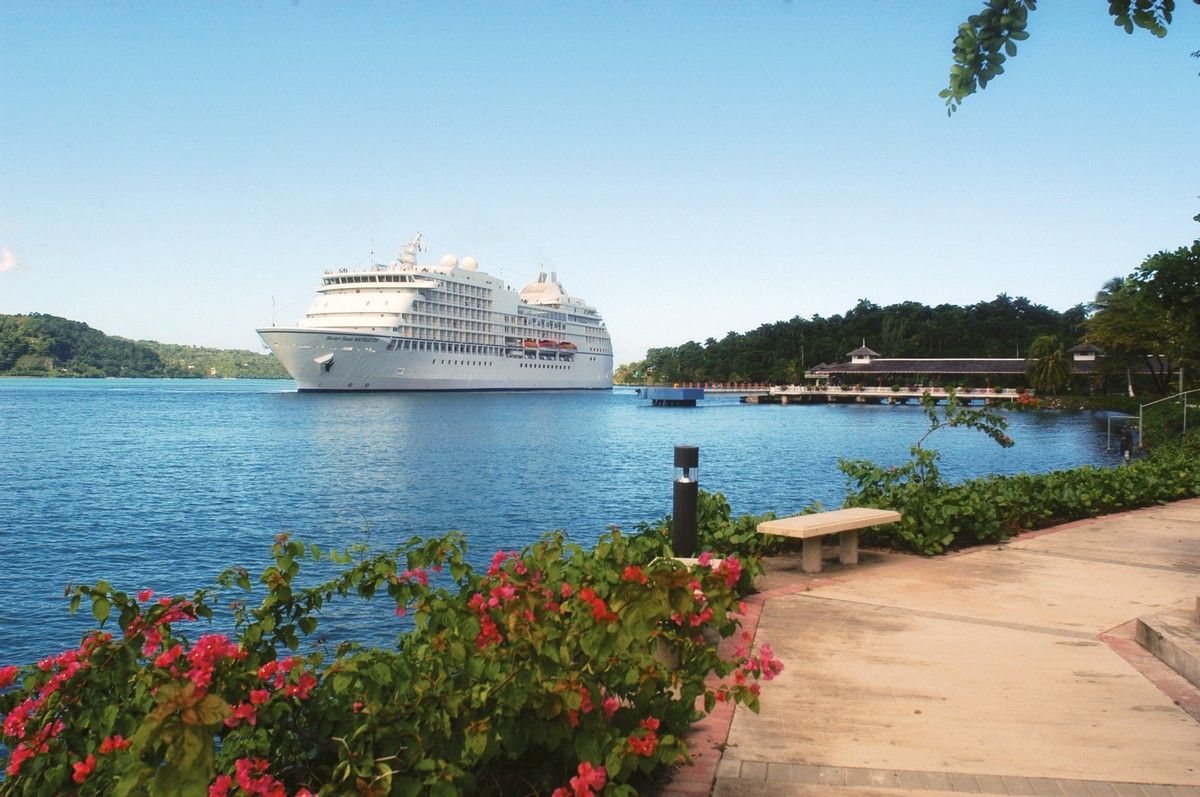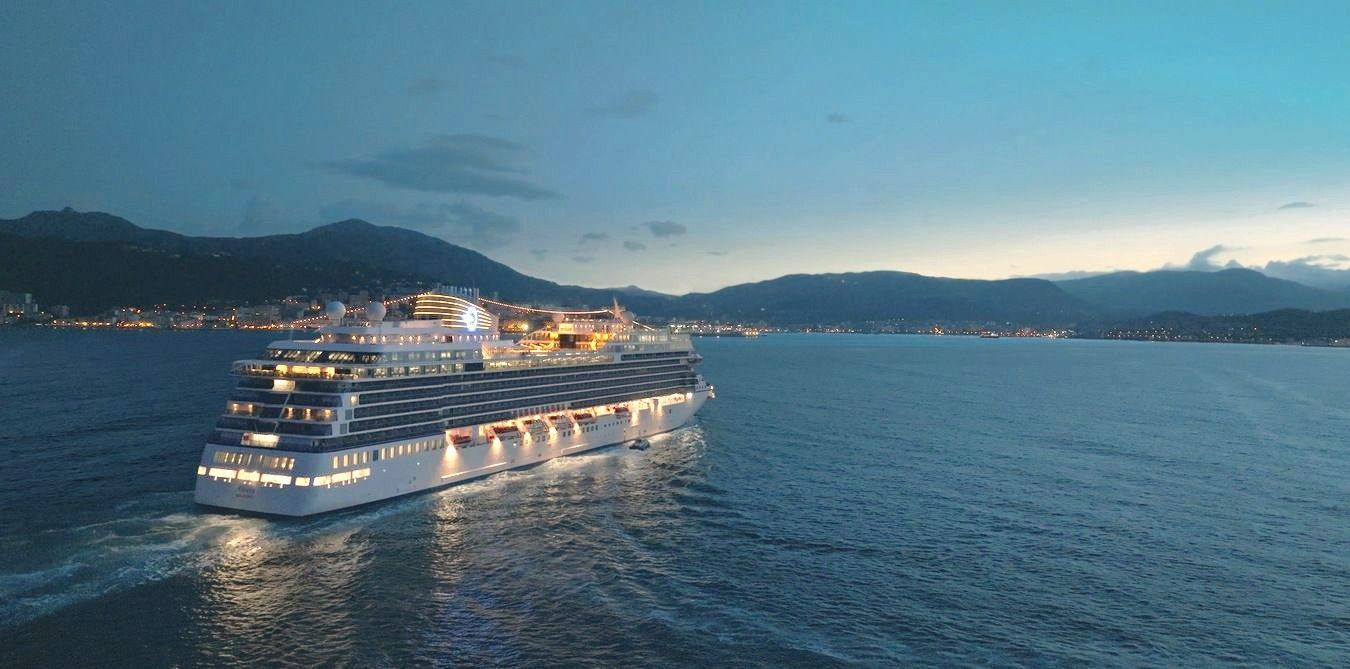Follow Us
Join our newsletter
We will get back to you as soon as possible
Please try again later
EMERALD RIVER CRUISES CROATIA AND LOWER DANUBE
In this blog series, discover some of the highlights of cruising the lesser-travelled Lower Danube with Emerald Cruises.
Amy shares her experiences of Croatia and a memorable EmeraldPLUS excursion with a home-cooked lunch with a local family.
EMERALD RIVER CRUISES IN CROATIA
If we were cruising Emerald River Cruises Enchantment of Eastern Europe river cruise, we would continue further into Serbia, past the iconic Iron Gates (still very much on my bucket list to cruise), and further eastwards into Bulgaria and Romania, before finishing our cruise in Giurgiu, where we’d disembark and transfer to the Romanian capital of Bucharest for an overnight stay.
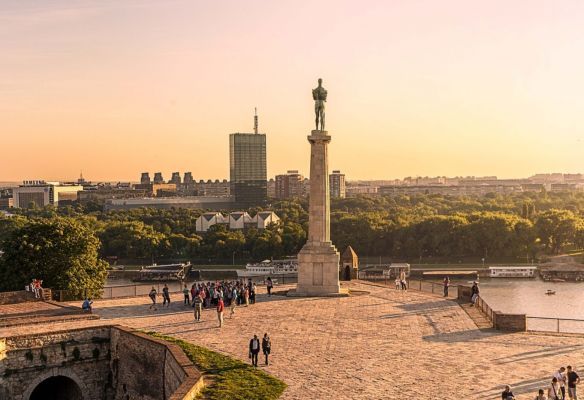
On the Grand Danube itinerary, your cruise would either start or end in Belgrade with an overnight stay, and the EmeraldACTIVE option is a forest hike to Avala Tower, or you can tour ‘Belgrade through the eyes of a local’, so options for excursions are a little on the Grand Danube than on Enchantment of Eastern Europe .
However, on our sampler cruise, Belgrade was as far east as we were going to cruise, and it was time to turn back towards Budapest, with two more ports of call en route. This meant leaving Serbia and having the return face check at Mohacs, again at a slightly unusual hour, unlike the more civilised times experienced on a typical cruise!
Leaving Serbia behind (but, in terms of distance, really not that far behind at all!), Emerald Sun sailed into Croatia, in the Slavonia region. I’ve previously visited coastal Croatia – Dubrovnik and the island of Hvar on a Mediterranean cruise – and this was a very different experience sailing into Croatia on a river cruise. Even taking into consideration different times of year (the peak summer of month of August versus March) and the tentative resurgence of international travel since the pandemic, Hvar and (especially) Dubrovnik swarmed with tourists; before the pandemic, almost 1.5 million tourists visited Dubrovnik in 2019.
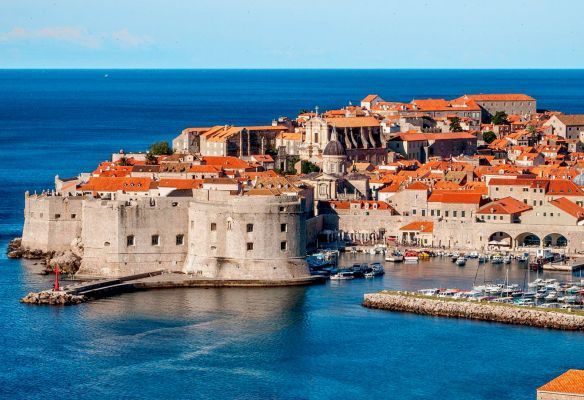
Although there are issues that come with large numbers of tourists, and Dubrovnik is yet to welcome back its peak numbers, it was striking to see what tourism did bring to the coastal regions, and how it contrasted with Slavonia. Although Dubrovnik suffered heavy damage and was under siege for seven months in 1991, with just over half (56%) of buildings suffering some form of damage to some degree in the artillery attacks, the damage was carefully repaired under UNESCO guidelines between 1995 and 1999. Today, the damage can be seen on a chart near the city gate, which shows all the artillery hits during the siege, and from high vantage points around the city, where some roofs are clearly more brightly coloured, but for the most part, the extensive restoration and the emergence of Dubrovnik as a top tourist destination has turned the city’s fortunes around, and given it a new lease of life.
VUKOVAR, CROATIA
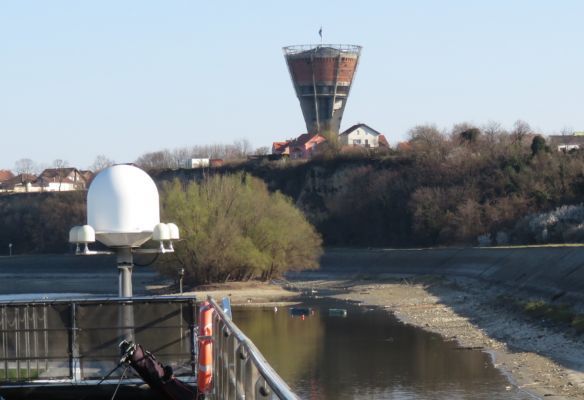
Roughly 500km away and tucked in the east of Croatia, literally just across the river from neighbouring Serbia, the city of Vukovar is Croatia’s largest river port, and a striking contrast to Dubrovnik and Hvar, where limestone buildings and terracotta roofs charmingly offset the turquoise sparkle of the Adriatic Sea.
In Vukovar, the city’s bullet-riddled Water Tower serves as a testimony to the dark days of the early 1990s, when approximately 1,800 self-organised lightly armed defenders and civilian volunteers defended Vukovar against roughly 36,000 JNA troops (dominated by Serbs) during an 87-day siege, which has since been called the worst siege in Europe since World War II.
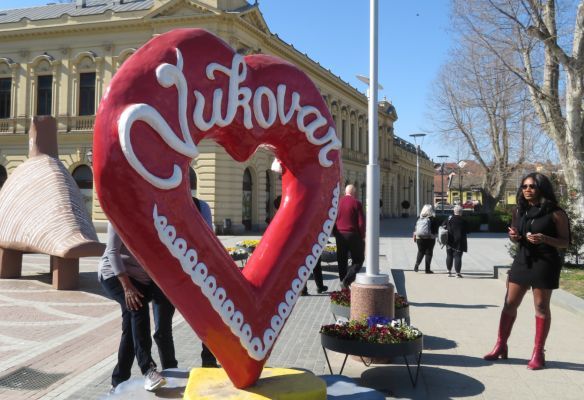
We had a brief walking tour of the town, where we saw an abandoned hotel, a memorial to a young Frenchman (Jean-Michel Nicolier) who volunteered to help the Croatian defence, and the site of the old market place which is believed to also be the site of a mass grave.
OSIJEK, CROATIA
We only spent a brief period of time in Vukovar, before joining a coach to take us to the nearby town of Osijek, which is sat on the Drava river, a tributary of the Danube river (about 25km from where the two rivers meet).
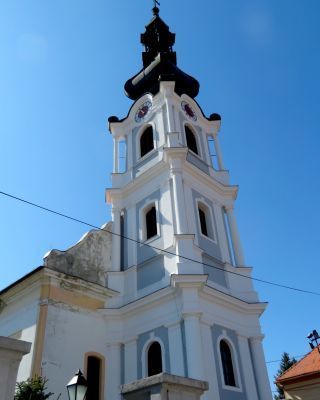
Our first stop in Osijek was in the Baroque 18th-century St Mary’s Church. Emerald’s five-star sister brand, Scenic River Cruises, also includes Osijek on their 16-day Danube Delta Discovery and 9-day Black Sea Explorer cruises, and it was interesting to learn (and experience first-hand) that while both Emerald and Scenic visit the same church on their Osijek excursions, Scenic guests have an enhanced experience; whereas Emerald guests will learn about the church, Scenic guests will be treated to a private recital from a local student and some of the local plum brandy (more like firewater!!!), which is said to ‘improve language skills’ or (the much smoother, tastier, and much milder) cherry brandy outside the church.
BELOW: Video of Amy sampling the fruit brandies, an experience included on Lower Danube cruises with
Emerald’s five-star sister brand, Scenic
FRUIT BRANDY TASTING IN CROATIA WITH SCENIC RIVER CRUISES
Osijek is most notable for its 18th century fortress, built by the Habsburgs between 1712 and 1715, a couple decades after they had defeated the Ottoman Empire in 1687 at the Battle of Mohacs after Osijek had been under Turkish rule for over 150 years.
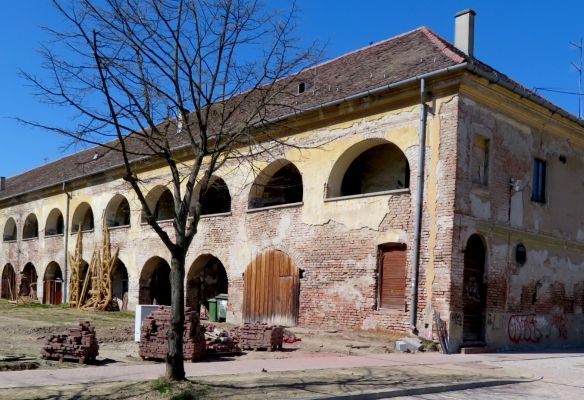
With the help of EU funding, a lot of investment has been put into the area to restore the fortress in the hopes that it would attract tourists to the area, and it’s certainly an attractive citadel in the romantic Baroque style.
CROATIAN HOME VISIT
However, the highlight of the day was our next stop, where we visited a local village for lunch. Split into smaller groups, we visited a family home, where we were warmly invited in for some rustic home-cooking.
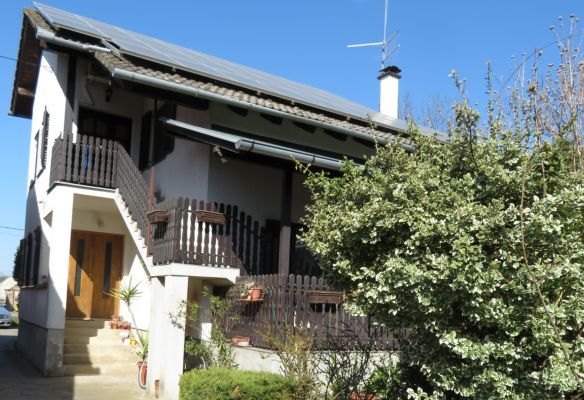
This was truly an incredible and memorable experience as part of the included EmeraldPLUS activities during the cruise, and not only were we treated to delicious food, but warm, convivial hospitality, and genuine cultural exchanges.
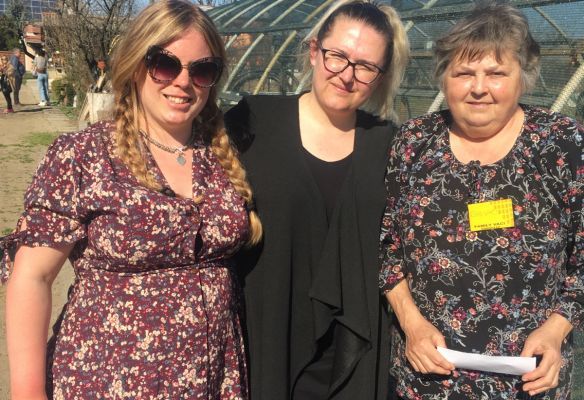
Our hosts were Eva and her daughter Valerie, who was just 7 years old when the Yugoslavian War broke out. It was emotional hearing Valerie share her memories of the day she and her brother were told to leave the village and flee for refuge with their grandmother, separated from both of their parents, and it was all the more poignant given what was and still is happening in the world. When travelling, we are often confronted by scars of the past, reminders of cruelties and atrocities humans can carry out against each other.
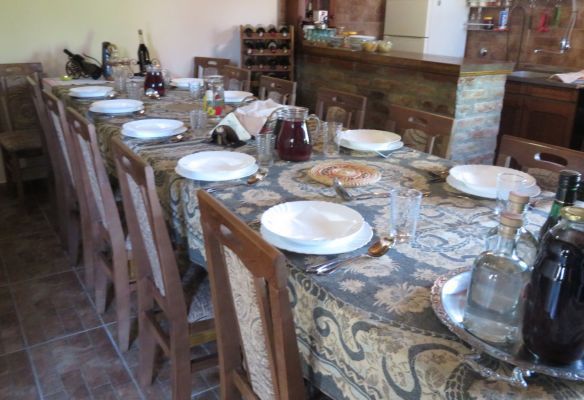
There have been too many wars throughout human history, and while some have faded throughout the centuries, the previous century saw some of the very worst. While it is possible to avoid some of this on our travels – you don’t, for example, have to visit Auschwitz in Poland, and it is possible to cruise the Mekong in Cambodia without visiting the Killing Fields or Tuol Sleng, the Genocide Museum, as there will be alternative excursions available – I personally feel that it is important to confront these harsh realities, to try to learn from history and to further our empathy and our understanding of human nature, and when you have the opportunity to hear from someone who has lived through something traumatic, we can also appreciate the resilience of humanity. We can see how hope can emerge phoenix-like from the ashes of disaster, not only by the physical rebuilding of cities, but with younger generations living alongside each other; as Valerie put it ‘I don’t hate Serbians, I don’t hate. You cannot live all your life with hatred in your heart, it’s not normal for you, for people, for your children. But I will never forgive them.’
BELOW: Video of Valerie sharing her memories of war breaking out.
The conversation wasn’t always so heavy; Valerie told us about her dad’s ‘happy machine’ which he uses to make various fruit liquors, from produce Eva grows in the garden, including cherries, walnuts, grapes, and for the brave, plums. Practically everything they need is sourced from the garden, enabling them to be self-sufficient and after lunch, we had the opportunity to take a look around the garden (I got a little distracted when I met the family cat).
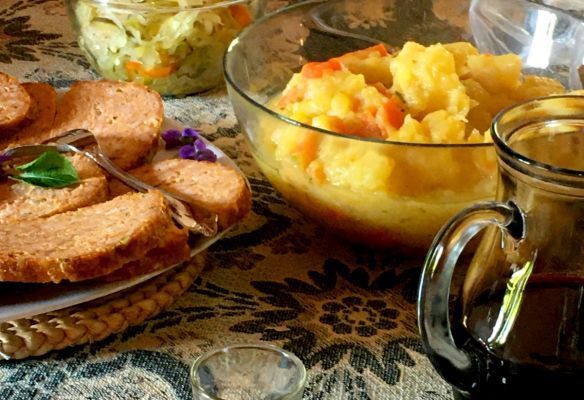
The food was hearty and delicious, from the rich tomato soup, to the meatloaf, and the cake with homemade jams and quince. Eva was not only an accomplished chef (and gardener), she was a character, and enjoyed telling us about her relationship with her grandchildren.
The Croatian family lunch is the epitome of an EmeraldPLUS excursion, an exclusive group on a tailor-made excursion ‘designed to provide a rare insight into what really makes each wonderful destination tick’, and as promised by Emerald, it was an absolute highlight of our cruise, and one of the most memorable experiences I have ever enjoyed. Better yet, these wonderful excursions are included in the cruise fare, rather than an additional cost (although there are some destinations where there are ‘DiscoverMORE’ excursions available, as an optional extra).
LOWER DANUBE EMERALD SUN CRUISE REVIEWS
Emerald Cruises River Cruise Review - Lower Danube and Novi Sad Day 1
Emerald Cruises River Cruise Review - Belgrade Day 2
RELATED RIVER CRUISE REVIEWS AND ARTICLES
The post EMERALD RIVER CRUISES CROATIA AND LOWER DANUBE appeared first on Select Travel Holidays.
ADDRESS
24A Mill Street, Bedford, MK40 3HD
Cruise enquiries 01234 326758
Holiday enquiries 01234 326778
OPENING HOURS
- Mon - Fri
- -
- Saturday
- Appointment Only
- Sunday
- Closed
For the latest travel advice from the Foreign & Commonwealth Office including security and local laws, plus passport and visa information, visit FCO Travel Aware website
Select Travel Holidays operate under the license of Fred. Olsen Travel
Financial Protection Before You Travel Booking Conditions Privacy Policy Cookie Policy Website Terms of Use Website by TMS


